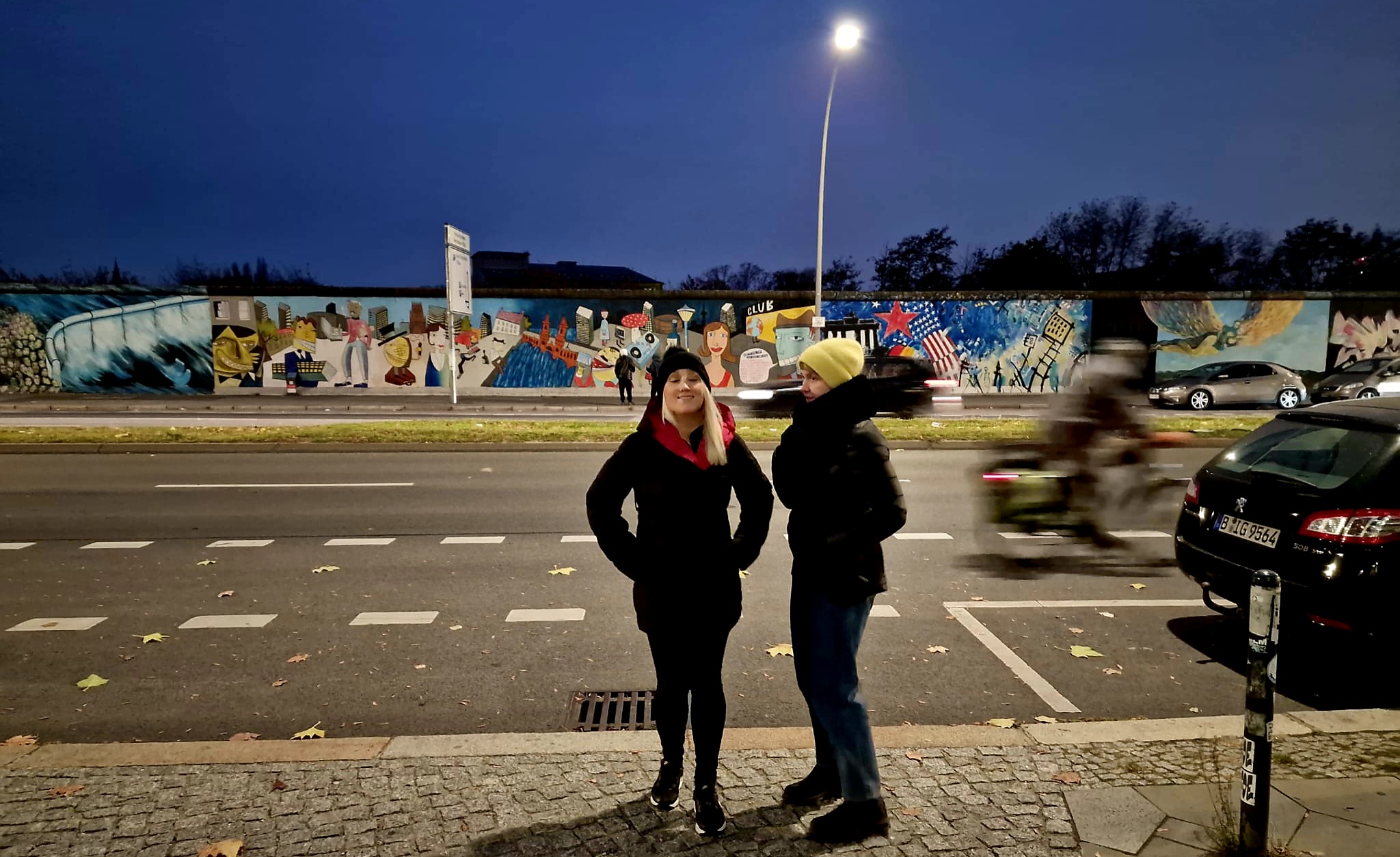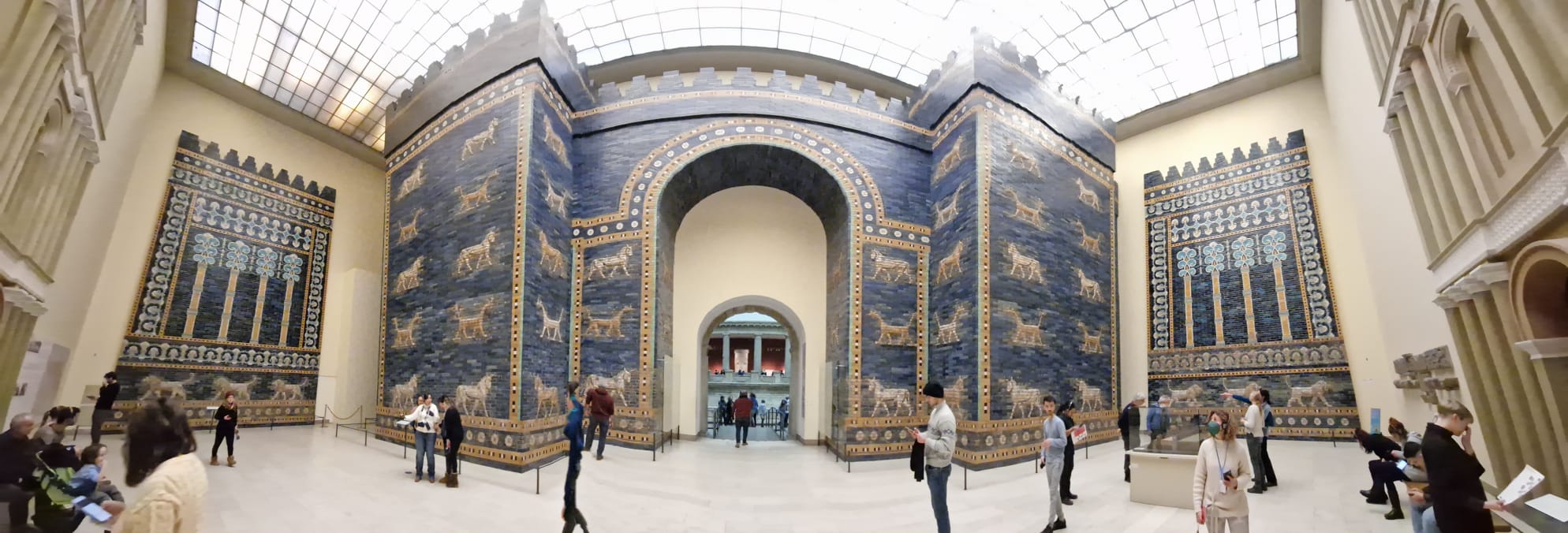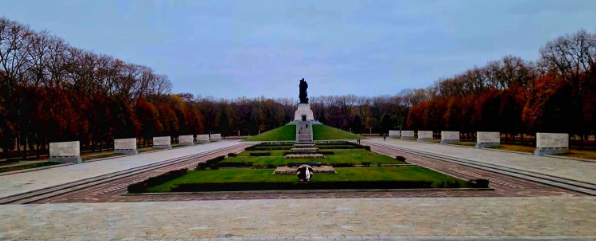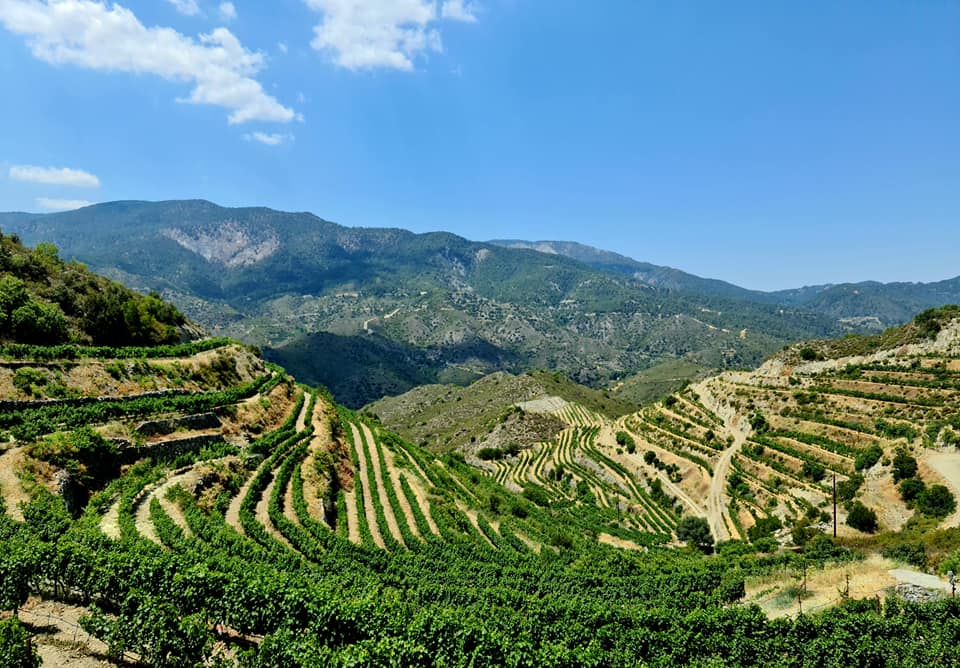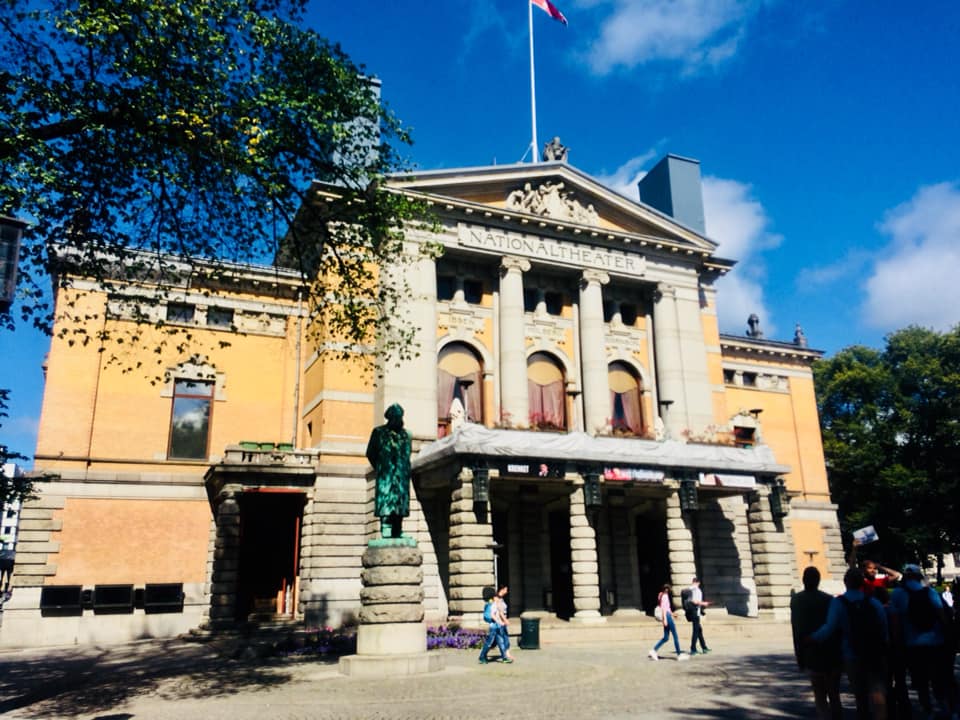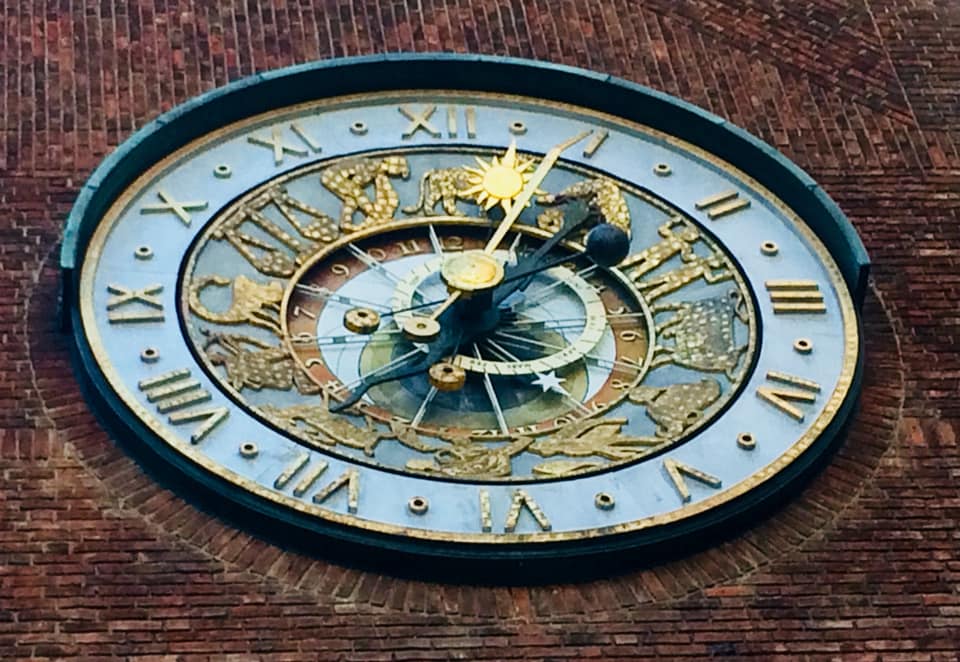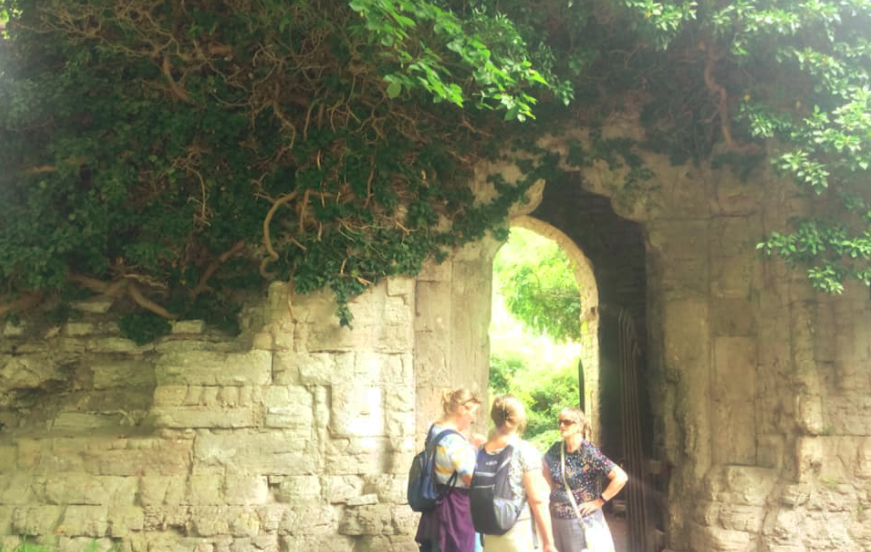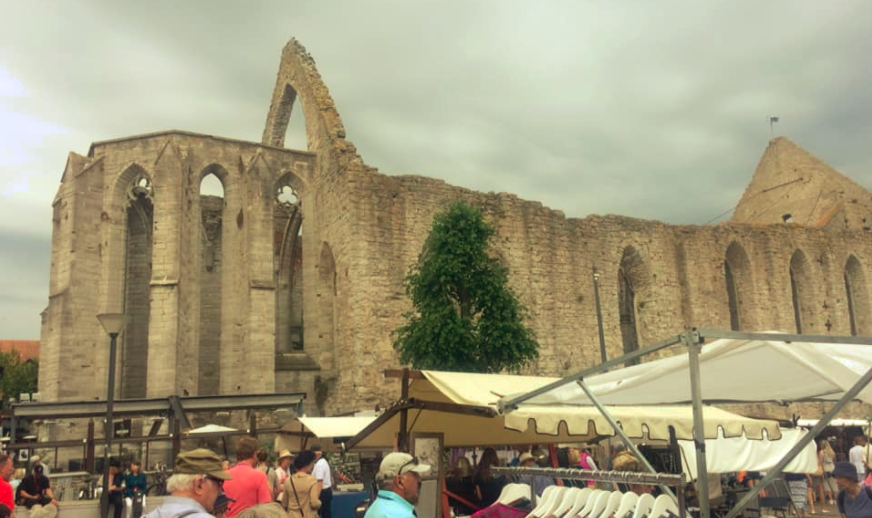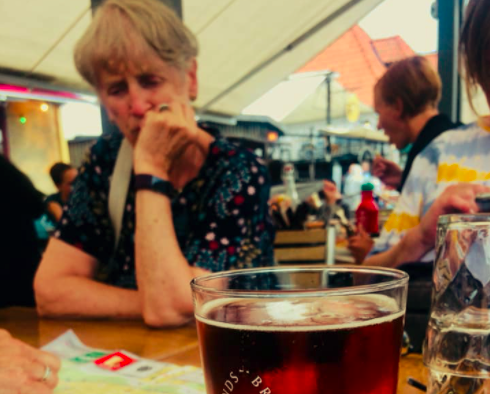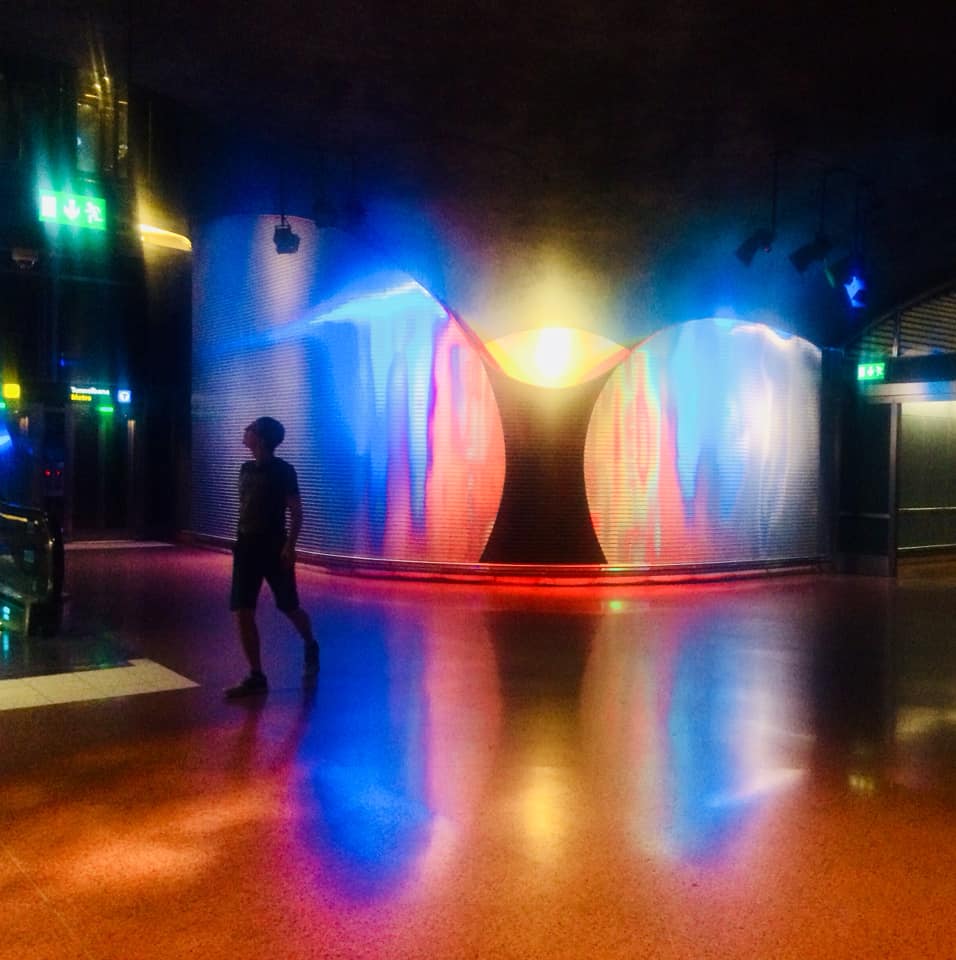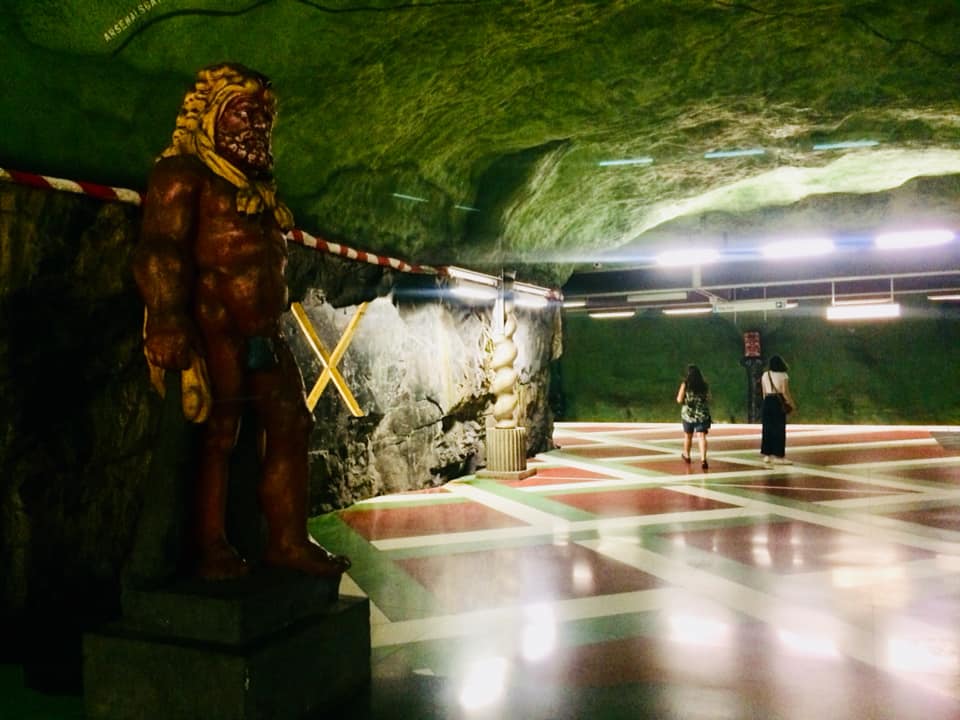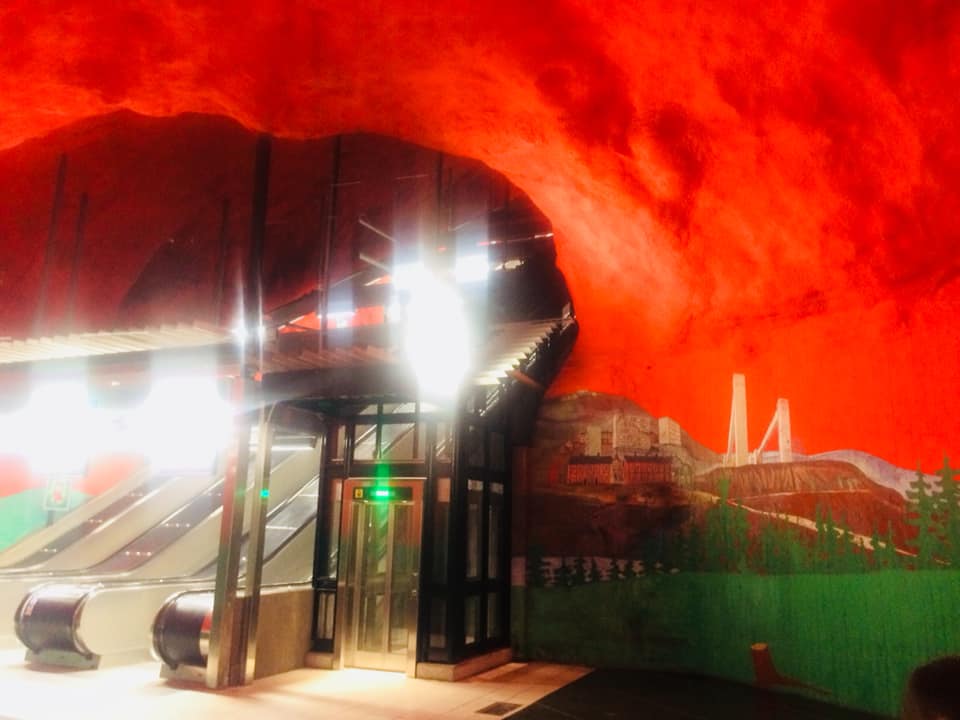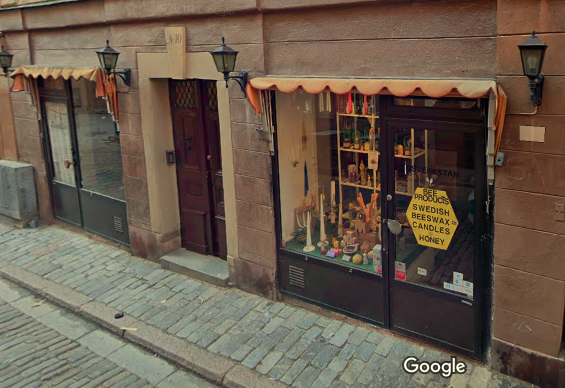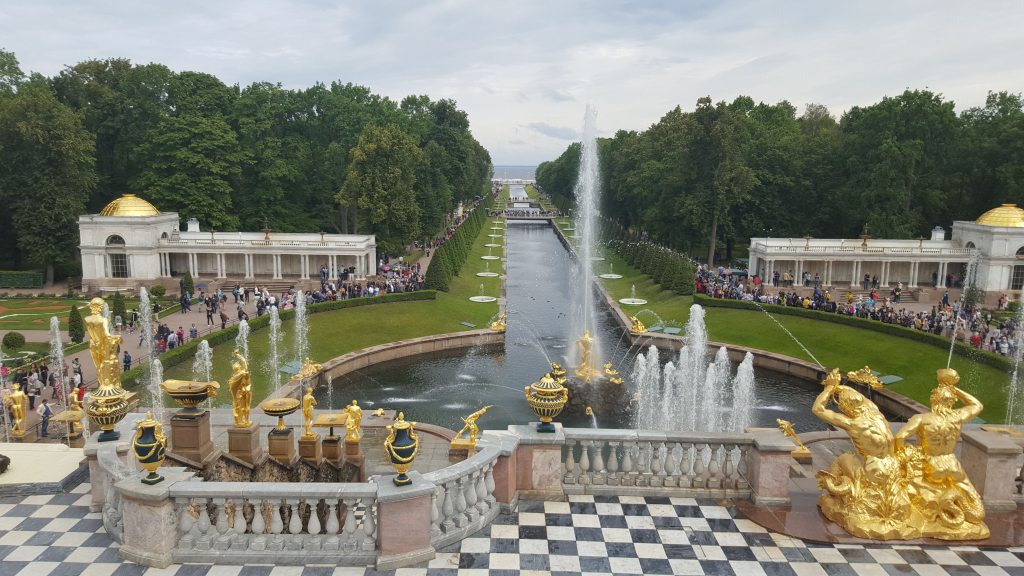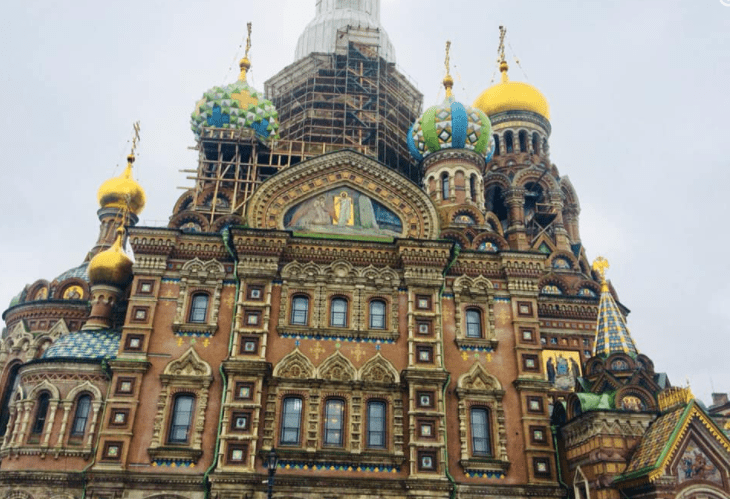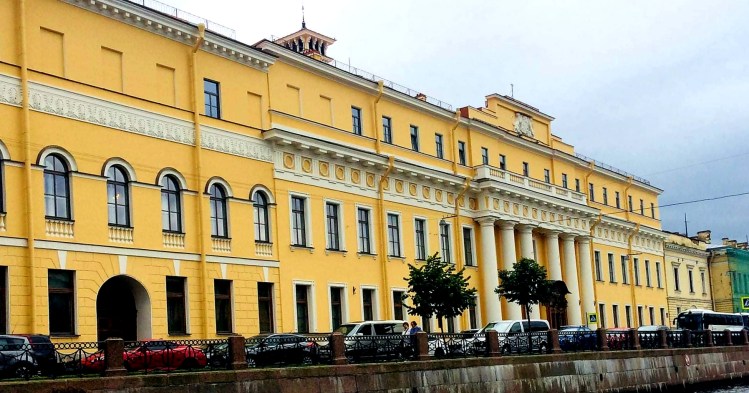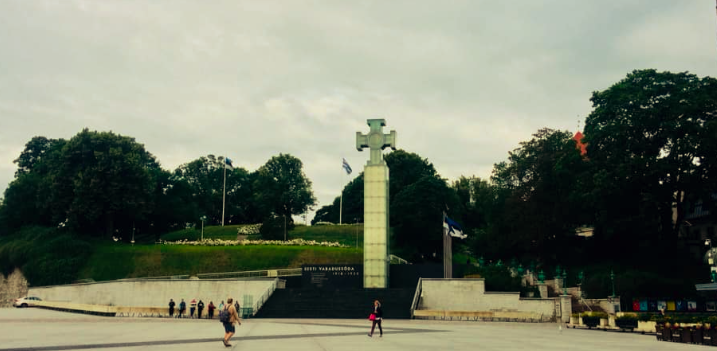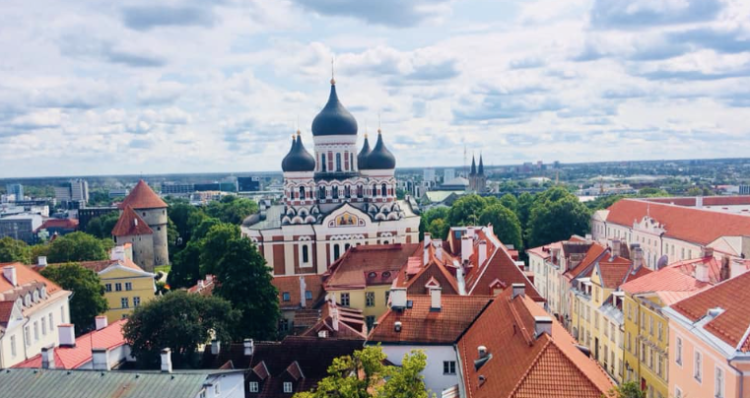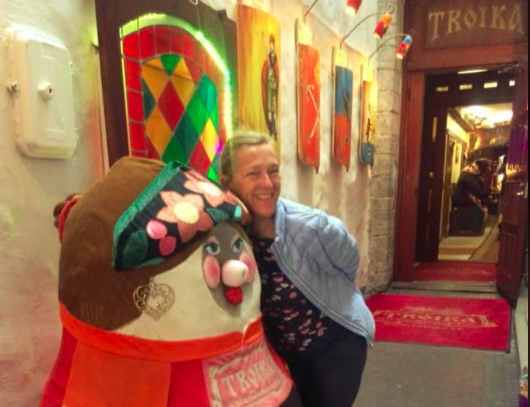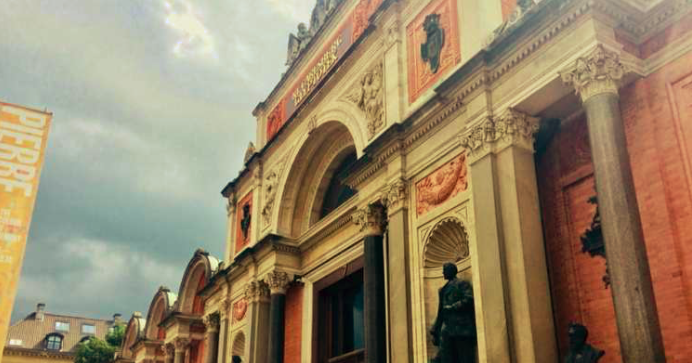
Rain is auspicious on your wedding day, so imagine how lucky my husband and I felt when it followed us on our honeymoon! We had planned a sun-soaked trip to Riva Del Garda, but after looking at the forecast we had to think again.
Riva Del Garda
When we touched down in Verona airport, we were glad of our raincoats, and the transfer we’d booked to the hotel. Dodging the downpour, we made our way to the coach for a one- hour journey North.
Watching the rain pelt the windows it was hard to stay upbeat. Our heads ached and we were snotty. Following the adrenaline rush of the wedding day, we had gotten sick. But colds aside, we were determined to enjoy our trip, so we pushed through!
Narrow roads led to steep inclines before dramatic drops to aqua waters. The hillsides had olive bushes, cypress trees and fauna we couldn’t name. It was wet but gorgeously green.
We arrived at Du Lac et Du Parc Hotel, and had more reasons to rejoice. The water- walkway led to a chic building, with friendly staff. At check-in they explained the opening hours of the restaurant, gym, spa and pools, which we vowed to visit later.
Keen to dump our bags, we headed straight to the room. Inside we were greeted with complimentary bubbles, which we popped on the balcony, to bask in the view. Our room overlooked lush gardens and huge hills that fortified the town. A couple of glasses later, and we were once again ready to face the rain.

The Bastione
From our balcony, we could see a cable-cart that climbed the hill to a castle. This would be our first stop. Walking down to the harbour, we crossed the piazza, a little bridge and a road, until we reached the foot of The Bastione. €8 later and we were in the cable cart, watching the town shrink, as we ascended 208 metres.
At the top we explored the ruins of the 16 Century castle, with its spherical tower and stone stairs. Built as a border watchtower, by the Serenity Republic of Venice in 1508, the castle was destroyed in 1703 by General Vendôme’s troops. Although a shadow of its former glory, The Bastione still offers a perfect panorama of the town. After stopping for a quick pic, we headed back to the hotel, for an early night before our Venice trip.

Classic Venice Tour
Up and out before breakfast, we waited on the corner for our Venice Tour pick-up. Having booked through Tui, we paid £72 each for transfers, a walking tour and a lagoon boat ride.
It would have been cheaper to drive, but this option left us free nap on the coach and drink in Venice. After 3 hours of pick-ups, we arrived at the ferry terminal.
During the crossing, our guide Thomas told us the city comprised of 119 islands in a salt-water lagoon. He explained that Venice was founded in 421 AD, by the Venetī, a Celtic tribe. The Venetī came seeking refuge from the Ostrogoths and Lombards (the then-Germanic rulers of post-Roman Italy).
As the taxi lolled from side to side, Thomas retold Venice’s turbulent past. He recalled Venice’s journey from its rise as a trading port, during the reign of Constantinople, to its imperial strength in the 13 Century, which saw it colonise parts of Syria, Palestine, Crete and Cyprus.
Our guide explained that, from 1223, the lagoon was ruled by the Republic of Venice’s supreme body of government (the Serenissima Signoria). Then, in the 15 Century, Venice rose to become the world’s largest port.
The following years were not so kind, Thomas added, as Venice lost parts of its foreign territory to Sultan Mehmet II, and other parts to the Ottoman Empire. A plague then hit Venice in the 17 Century, killing a third of its population.
Later, Venice was seized by Napoleon, then by Austria, then by France, before becoming part of the Kingdom of Italy in 1866.
As our boat pulled into the harbour, we saw swarms of ponchos, following tour guides’ umbrellas. Now, Thomas said, Venice’s main industry is tourism. He added that over 4.5 million people visited the city in 2022.

The Bridge of Sighs
Battling our way through the crowds, we made it to the first stop, The Bridge of Sighs. Thomas said the enclosed bridge was named as such, because it had a window from which prisoners would get their final glance of Venice, before being taken for interrogation in the Doge’s Palace. The Doge was the supreme authority of the former Republic of Venice.
With gleaming white limestone and barred windows, the building on the bridge overlooked the Rio di Palazzo, which led to another bridge and then the harbour. Not bad for a last look at freedom.

Piazza San Marco
However beautiful the Rio di Palazzo was, it was nothing compared to our next stop, Piazza San Marco. As we walked up to the square, we craned our necks to see the mighty Columns of Saint Mark and Saint Theodore, tributes to the new and old patron saints of Venice. Thomas explained that residents of Venice avoid walking between the two columns, as that was once where prisoner executions took place.
Past the columns, Thomas drew our attention to Saint Mark’s Basilica, a colossal cathedral built to guard the saint’s relics. With golden domes, an exquisite clock face and towering tiled walls, it took our breath away.

Campo San Salvador
Thomas explained that we would have ‘free time’ to come back and explore the cathedral further, but first, he wanted to show us around. He took us through windy streets, to the Parish Church of Saint Moisè, past bright boutiques, over Rialto Bridge, and back to Campo San Salvador.
Our guide said that the square was named after the church, but that it did have a quirkier feature. Thomas pointed to the top corner of the old Marforio leather shop, where an iron dragon held an umbrella lantern. We admired the sculpture, and then went our separate ways to explore the city.
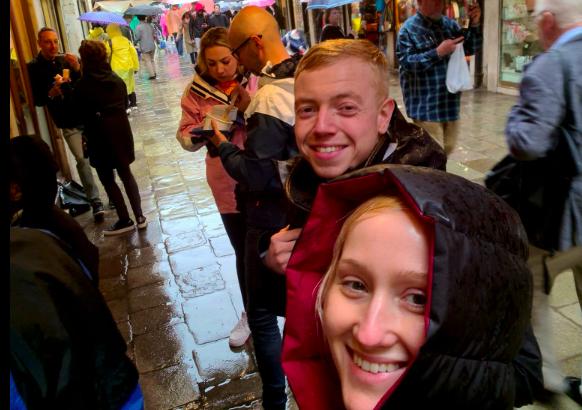
Venice refreshments
Starving after hours of walking, Liam and I set out to find food. Following Google Maps, we traced our way back North West, to Acqua e Mais Venezia. This take-out place shot to fame on the TV show Somebody Feed Phil, so we were excited to try it out. Choosing some grilled veg, tempura fish and arancini, we huddled under an awning to eat. Sadly the food did not live up to the hype, but with full bellies, we continued our travels, looking for drinks.
Walking 14 mins back toward the harbour, we finally stopped at a café overlooking a church square, Ristorante Santa Maria Formosa. Here we sipped Prosecco and watched weather-beaten tourists get lost. After a couple of glasses and giggles, we headed back to the harbour, for the lagoon boat tour.

Lagoon boat tour
The rain abated by the time we rejoined Thomas and got on our boat. Gliding through the lagoon, our guide showed us Venice’s various islands, including Murano – famed for glass blowing – San Giorgio the old military base, and Lido Island – one of the only ones that permits cars. Drunk on prosecco and fresh air, I beamed at the beautiful buildings beckoning us back to port. So happy was I that nothing could get me down, not even the three-hour coach back to the hotel!
Exploring by Car
The next day, after contemplating our bus home, we vowed to hire a car! We chose Autonoleggio Santorum, next to the hotel, for its good reviews and prices. Once the car was secured, we planned the rest of our excursions, including Garda Land, Limone sul Garda, and Monte Baldo.

Garda Land
While I had been dying to go to Venice, Liam had been pining for Garda Land. So we hopped in the Golf and took the hour-long drive to Italy’s top theme park. After some serious tail-gaiting, it was a relief to swap the car for a roller-coaster cart.
We tested our nerves on Oblivion, Blue Tornado, Raptor and Mammut. With a combination of suspense, steep drops and loop-de-loops, the rollercoasters were all worthwhile.
My favourite ride was the Jumanji train, which had jungle scenes, incense smells, VR and bumper cart seating. By the end of it, even I was impressed with Garda Land.

Limone sul Garda
After two days of intense road trips, we decided to take it easy the next day at Limone sul Garda. Just 20 minute’s drive, it promised a pretty promenade, with cliff-side hotels.
Jumping out of the car, we took the short walk down to the waterfront and were delighted by some sun! Wasting no time, I threw off my sandals and went paddling. I watched as boats bobbed in, bringing tourists to the souvenir shops. I was amazed to learn the town was isolated until 1932, when its main road was finished.
After stopping for some shopping and a spritz, we headed back to the hotel, to jump in the pool.

Monte Baldo
The next day saw the return of clouds, right on time for our mountain hike! Armed with rain jackets and hiking boots, we drove 40 minutes to Malcesine, where we would catch the cable cart to Mont Baldo.
Sharing the cart with dog walkers and paragliders (toting huge rucksacks) we ascended the 2,218-meter mountain. Disembarking, we saw the Skywalk café, and a board outlining hiking trails. Opting for an easy walk, we wandered off into the mist. It was difficult to see two feet in front of us, so I wondered how the paragliders planned to jump.
Turns out they didn’t, most got to the mountain summit, checked their chutes and waited for the fog to clear. It looked a bit apocalyptic. Coming closer to the edge, we could see a trail snake down the mountain and back up the other side. We followed that one. After a bit of bickering, we seemed on the right track. Hiking back up the other side of the slope, a disused barn came into view. It looked a bit creepy.
“Look! A beaver!” my husband shouted, pointing to the barn.
I followed his direction and saw something rodent-like, scurrying about the field. It was huge! I was thrilled, it’s not often you see something new! After stopping for pictures, we walked on until we came across a sign. Apparently the ‘beavers’ were actually marmots, local animals hunted to near extinction, until their conservation in the 70s. Heartened by this discovery, we headed back to the café to celebrate.

Leaving
The next day we returned the car and did another hike – this time to find a laundrette across town. There we met an Australian woman who told us that her husband was Scottish and his distant family owned Duart Castle. We couldn’t believe it! We had visited this castle two years ago! We laughed; talking about rain and distant relations, it really was like home.

